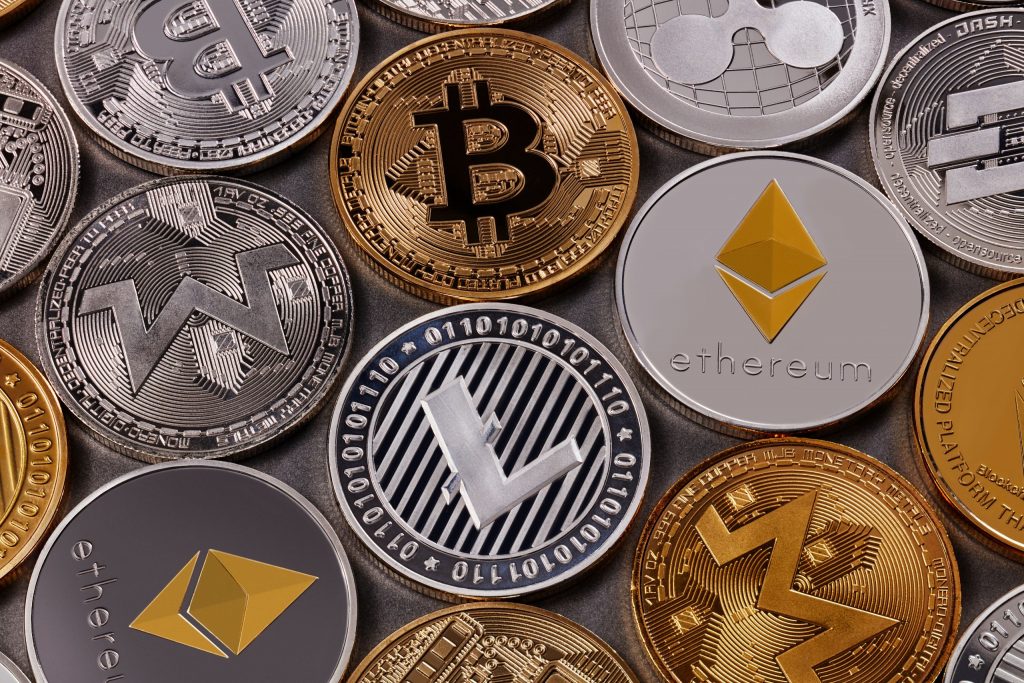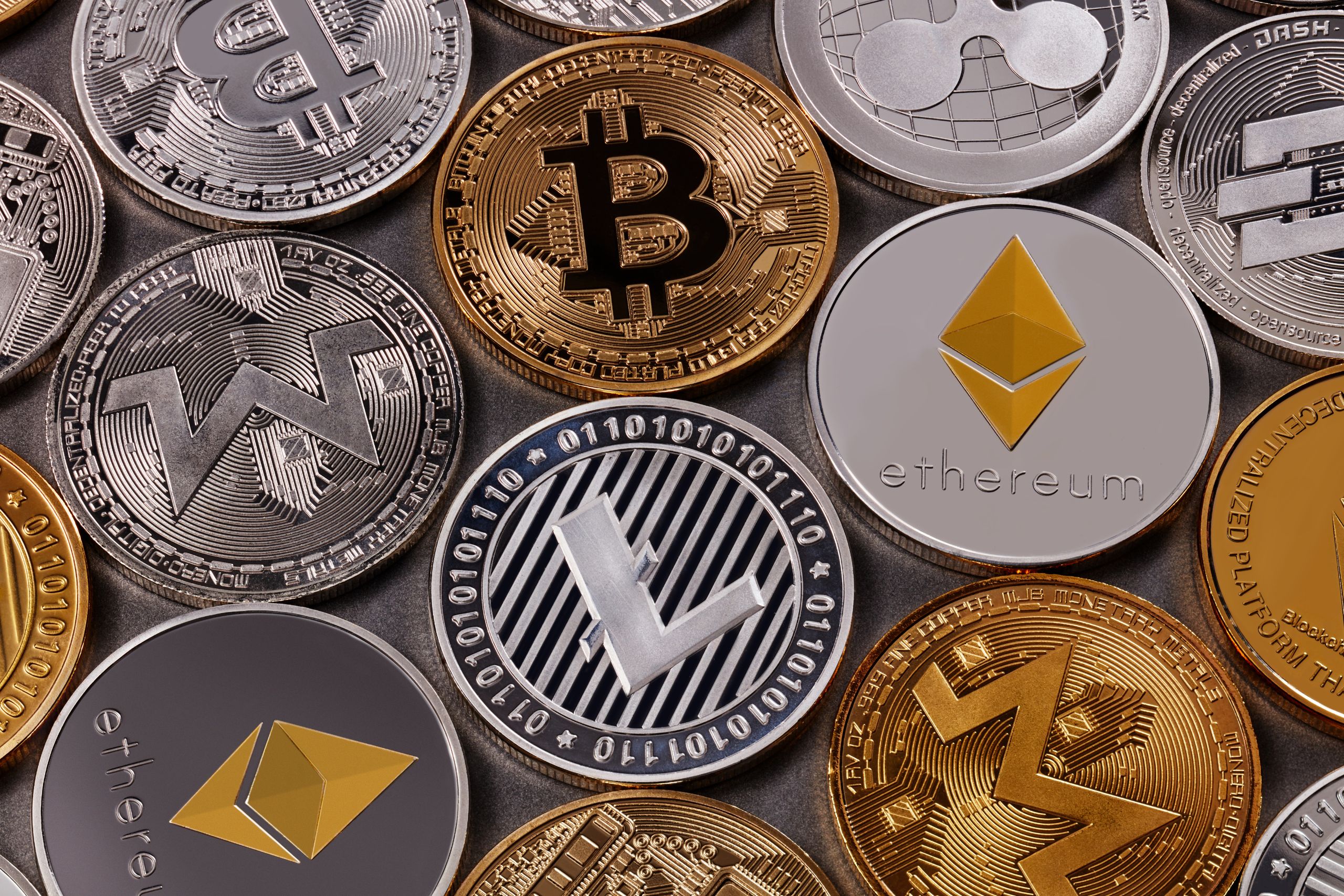How Stablecoins Are Shaping The Future Of Cryptocurrency Markets
Stablecoins are a big step forward in the world of cryptocurrencies. They offer a more safe alternative to coins like Bitcoin and Ethereum, which can change value at random. Because stablecoins are tied to stable assets like traditional currencies or commodities, their value stays pretty steady. This is different from other digital currencies, whose values can change quickly. Because of this, stablecoins are a safe way to keep value and pay for things. They attract people who want the benefits of cryptocurrencies without the risks that come with price fluctuations.
The huge growth of stablecoins has big impacts on the overall crypto environment. They make it easier to buy and sell things, increase liquidity, and attract institutional investment. Stablecoins help digital assets grow by making them more acceptable and usable by people and businesses, which helps them become more grown. This introduction gets people ready to look into how stablecoins are changing the bitcoin market and how they are affecting DeFi and other moves in the outside world.
Providing Stability in a Volatile Market
Because the prices of regular cryptocurrency change all the time, stablecoins were created. Because their value is tied to stable assets like commodities or regular money, stablecoins help to keep crypto prices from going up and down too much. This consistency has great benefits for investors as well as for traders seeking protection of their portfolios from unanticipated market fluctuations.
Stablecoins provide investors a safe haven where they may hang riches without leaving the bitcoin ecosystem. Stablecoins let traders facilitate quicker and more strategic transactions, thereby guaranteeing their joining and leaving from agreements with greater confidence. This consistency also encourages confidence among new users, therefore motivating more people to investigate digital currencies.
Stablecoins also improve the general availability of cryptocurrencies for regular transactions. Stablecoins help companies embrace digital currencies as a payment source by encouraging consistency in price. Knowing that the value of their assets would stay somewhat constant helps consumers to embrace cryptocurrencies for everyday use more widely. Stablecoins so help much to mature and integrate digital currencies into mainstream finance.

Boosting DeFi and Cross-Border Transactions
By providing liquidity and guaranteeing a consistent value, stablecoins are very vital for the expansion of distributed finance (DeFi). DeFi apps find these digital assets perfect as they, linked to stable currencies like the US dollar, lower the volatility of other cryptocurrencies. Stablecoins let consumers easily participate in many financial transactions by providing a consistent unit of account.
Stablecoins streamline currency conversions in the context of cross-border payments therefore enabling users to make seamless transactions across several countries. Since they much reduce transaction costs than conventional banking systems, sending and receiving money internationally is economically profitable for both people and companies.
Stablecoins are used heavily in DeFi systems for lending, borrowing, and yield farming. These systems let users lock their stablecoins to earn interest, borrow money without selling assets, or join liquidity pools. This ability helps consumers all around by giving access to financial services otherwise not possible for them. Stablecoins are transforming world financial transactions, boosting the DeFi ecosystem, and promoting economic inclusivity.
Increasing Adoption Among Businesses and Institutions
Because of their natural stability and smooth integration characteristics, stablecoins are drawing more and more attention from companies and sectors. Unlike regular cryptocurrencies defined by great volatility, stablecoins have a set value usually connected to fiat money. Their stability appeals to businesses trying to use digital money without running the related risks.
Stablecoins are now being used for a variety of purposes by big companies and financial institutions including cross-border payments, payroll processing, and other activities. Stablecoins allow companies to simplify their payment systems, save transaction fees, and improve efficiency—all while giving their partners and staff a consistent payment tool.
Moreover, stablecoins are fairly important for merging the field of digital money with conventional banking. For current companies thinking about blockchain technology, they provide a recognized point of access that simplifies the migration into digital assets. This increasing acceptability points clearly toward incorporating bitcoin solutions into regular financial processes, therefore encouraging innovation and creating possibilities in the fintech scene. Stablecoins will probably be used more as companies perceive their advantages; so, digital currencies will be even more validated in mainstream banking.
Regulatory Attention and the Path Forward
Reflecting the increasing relevance of this digital asset class in the financial ecosystem, the emergence of stablecoins has attracted major attention from authorities all over world. Since these cryptocurrencies are linked to real-world assets and aim to maintain stable values, their popularity and use have skyrocketed, which has driven governments to consider how they may affect the financial stability and economy. By ensuring that stablecoin activities complement current financial rules, a proactive regulatory framework may provide clarity and hence improve market security.
Such regulatory clarity creates a disciplined atmosphere wherein risks are handled and compliance is maintained, therefore inspiring trust among consumers and investors. In the stablecoin industry, this creates an environment fit for expansion and creativity. Appropriate rules help authorities increase consumer confidence by which stablecoins are adopted more generally. Moreover, it may result in strong user safeguards, protecting investors from any hazards and thereby fostering a sustainable ecology. All things considered, careful rules may open the path for a safe and vibrant stablecoin market that advances all the engaged parties.

Conclusion
Through their consistent link between digital currencies and conventional finance, stablecoins help to stabilize, grow, and legitimize the bitcoin market. Usually connected to stable assets, including as currencies, which lowers volatility and builds more trust among users and investors, their worth is This dependability encourages more people to use cryptocurrencies, which helps them to flourish and be included into regular banking. Especially for vulnerable people, stablecoins provide more inclusive financial environment by means of seamless transactions, therefore simplifying access to financial services. By letting one use digital assets for payments, remittances, and microloans, they provide new avenues for creativity and economic development. Stablecoins are likely to become more legitimate in the financial environment as regulatory frameworks change, therefore promoting larger adoption and integration. Seeing the continuous advancements in stablecoin technology and legal frameworks is essential as these digital assets will help to define the direction of digital money, therefore bridging the divide between traditional and crypto finance for a more inclusive global economy.

